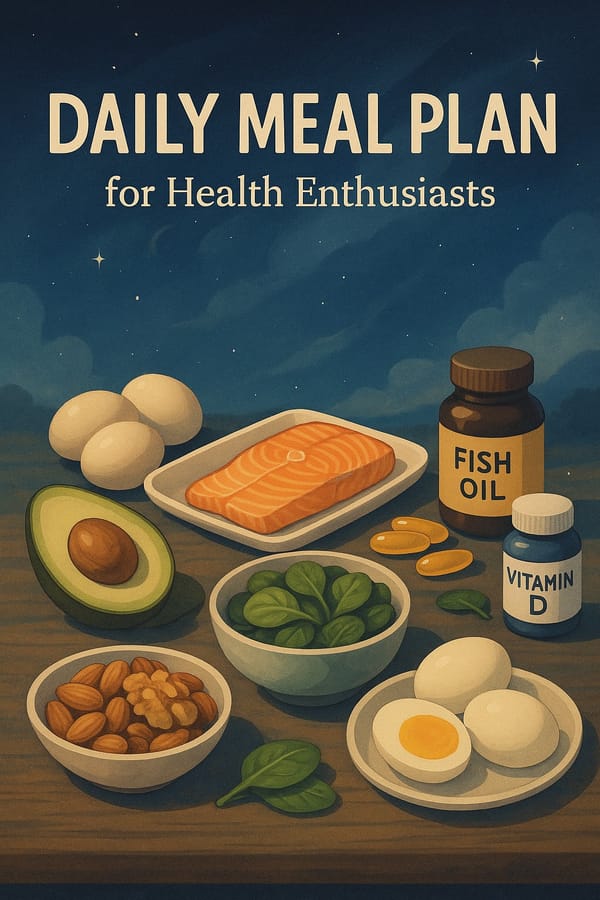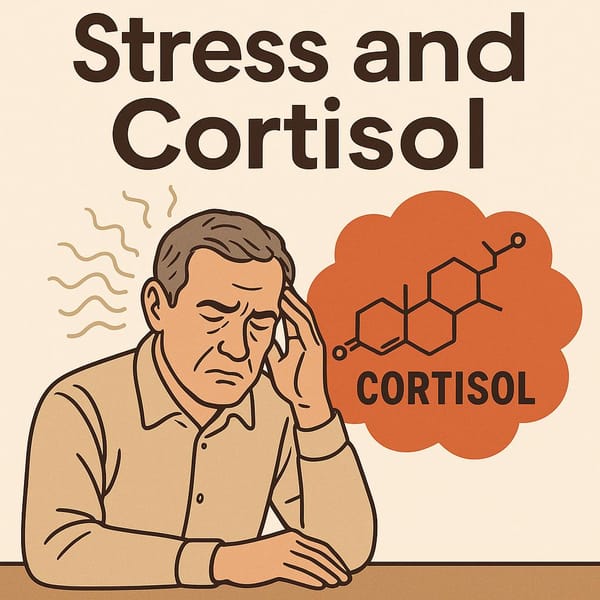Lose weight by controlling your diet: Low-Carb or Low-Fat?

Have you ever wondered what the best approach to weight loss is for you? Should you cut carbs or focus on consuming healthy fats? Recently, I found myself grappling with this question after reading countless articles. Both methods seem to have their advantages and drawbacks. So, which one should you choose?
Cutting Carbs: Could You Give Up Your Favorite Rice or Bread?
Reducing carbs means cutting down on carbohydrate-rich foods like rice, bread, and sugar, and replacing them with proteins and fats. Many claim it’s effective, but it might require significant lifestyle changes.
Benefits Many People Experience:
- Quick Weight Loss: Most of the initial weight loss comes from water reduction. This is linked to glycogen stores in the body, as each gram of glycogen binds 3-4 grams of water. When you cut carbs, the body utilizes glycogen stores, releasing water and causing a quick drop in weight. However, this isn’t pure fat loss.
- Reduced Appetite: High-protein and healthy-fat foods like lean meats, fish, or nuts slow digestion, keeping you full longer. Leptin, a key hormone, signals your brain that your body has enough energy, reducing further hunger cravings.
- Improved Blood Sugar Control: Lowering carb intake can increase insulin sensitivity, enabling the body to use glucose more efficiently. This approach is particularly beneficial for individuals with diabetes or those at risk of metabolic syndrome.
Things to Keep in Mind:
- Initial Fatigue: In the early stages, you might feel drained as your body adjusts to ketosis, a state where it begins burning fat for energy instead of sugar. During this phase, some people experience “Keto Flu,” with symptoms like headaches, fatigue, or nausea due to rapid loss of water and electrolytes. These symptoms usually subside once the body adapts.
- Choosing the Wrong Fats: If you opt for unhealthy fats like fried foods, your weight might increase instead of decrease.
- High Energy Needs: This method may not be suitable for those who engage in high-intensity activities. Athletes, for example, require sufficient carbs to fuel their activities. Typically, individuals engaging in intense workouts need 4-6 grams of carbs per kilogram of body weight daily. Cutting carbs entirely isn’t the answer—it’s about adjusting intake to match your body’s needs.
Choosing Healthy Fats: Can Fat Really Help You Lose Weight?
Incorporating healthy fats means replacing saturated and trans fats with unsaturated fats like olive oil, avocados, and salmon. This method doesn’t drastically cut any food group but ensures the body gets high-quality energy.
Results Many People Have Confirmed:
- Better Cholesterol Levels: Healthy fats boost HDL (good cholesterol) and reduce LDL (bad cholesterol). For example, drizzle olive oil on salads, snack on avocado slices, or enjoy grilled salmon rich in omega-3. These foods not only improve cholesterol but also provide long-lasting energy and promote heart health.
- Sustained Fullness: Healthy fats provide steady energy and keep you full longer, making them ideal for gradual weight loss.
- Lower Heart Disease Risk: Consuming healthy fats reduces the risk of cardiovascular diseases.
What to Watch Out For:
- High Calories: Even healthy fats are calorie-dense, so portion control is crucial.
- Saturated Fats: Found in foods like fatty meats, bacon, cheese, and fried items, saturated fats should be limited to 10% of your daily caloric intake. For a 2,000-calorie diet, that’s about 20 grams of saturated fat per day to minimize LDL cholesterol build-up and heart disease risks.
Which Option is Right for You?
Ultimately, there’s no one-size-fits-all answer. You could adopt a cyclical approach. For instance, focus on cutting carbs during the first week to jumpstart fat-burning, then switch to a balanced diet the following week to restore energy and maintain equilibrium. If you’re looking to lean out, reduce fat intake during specific periods, such as before heavy workouts, while ensuring adequate carbs and protein to sustain your energy.
The most important thing is to listen to your body. Observe which foods make you feel energized and perform well. If you’re unsure, consulting a nutritionist or healthcare professional can help you design a plan tailored to your needs, ensuring safety and effectiveness.
So, are you ready to begin your transformation? Start today, and you might discover the answers were closer than you thought!



